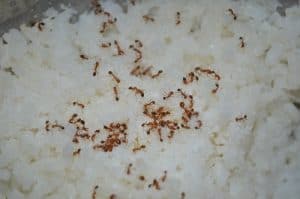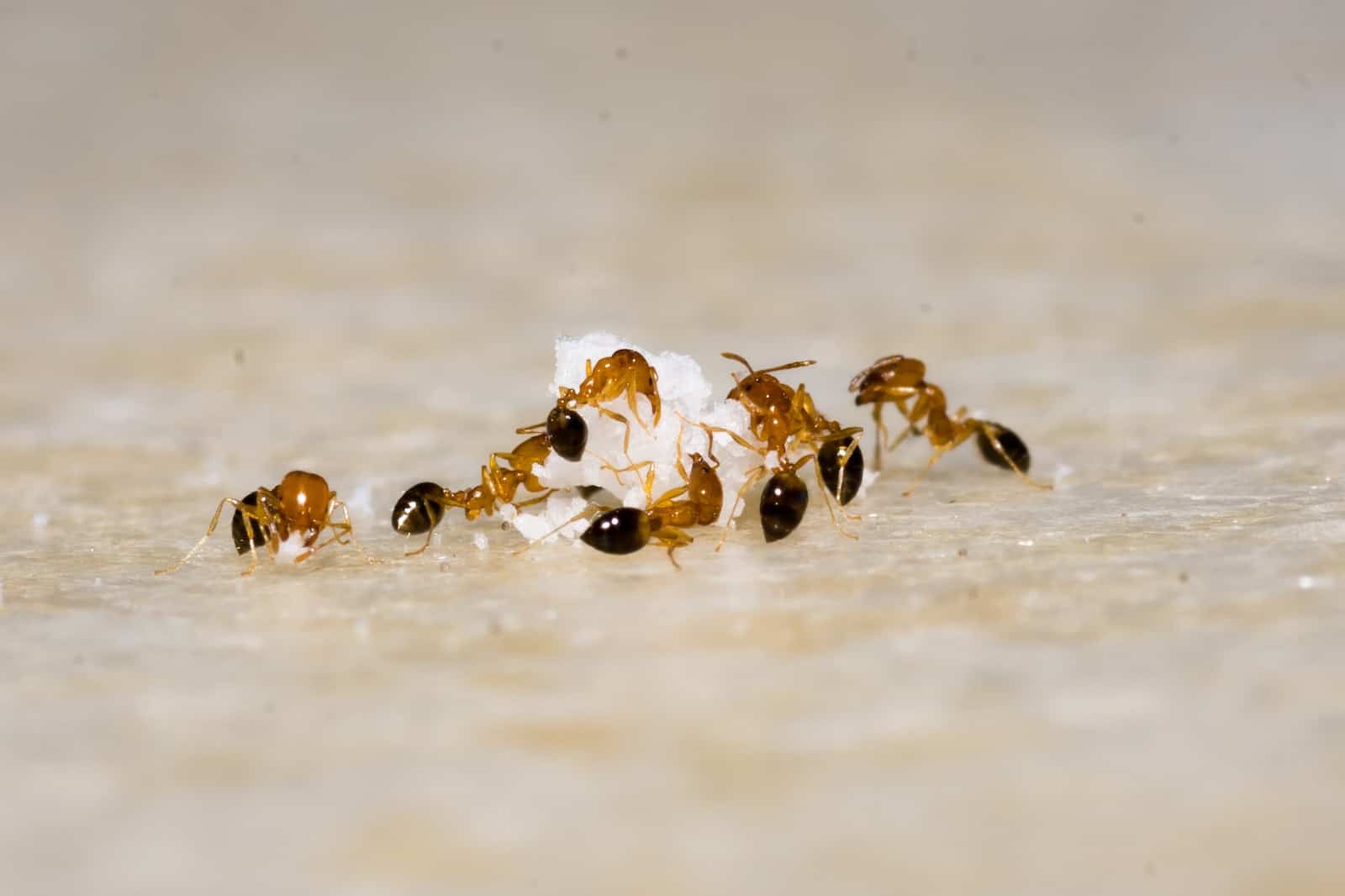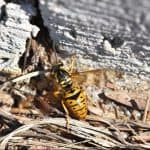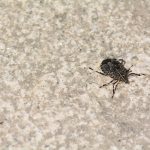Ants are very common almost anywhere you live (see Ant Fact #7), but certain species of ants are truly unique and can provide insight on a range of topics from social behavior to traffic patterns. Check out some of our interesting ant facts below.

Fact #1: Colonies are bigger than the average ant farm.
Ant colonies come in literally all shapes and sizes. A few species live in colonies of only a few dozen ants; however, the average ant colony contains thousands of individual ants. Smaller colonies live in natural crevices or openings while larger colonies create vast nests and forage for supplies and food. There are also super colonies around the world that can contain more than 300 million individuals.
Fact #2: Ants have specific jobs.
Ants are very social insects, and they divide jobs among different types of ants in each colony. The queen or queens have only one job – to lay eggs. All other female ants are workers; they feed the larvae, take out the colony’s trash, forage for food and supplies, or defend the nest. Male ants’ only job is to mate with the queen.
Fact #3: Ants don’t have ears.
Instead of hearing through auditory canals, ants “hear” by feeling vibrations in the ground. Special sensors on their feet and on their knees help ants interpret signals from their surroundings. They also use their antennae and the hairs on their body to feel around while foraging for food.
Fact #4: One ant species is exclusively female.
Researchers have yet to find a male of the species M. smithii. The queen ant reproduces asexually, so all offspring are clones of the queen. This species is found in several countries.
Fact #5: Ants can become zombies.
Perhaps the strangest ant fact, there is a species of fungus that infects ants and takes control of their bodies. The fungus finds its way underneath the ant’s exoskeleton and begins to consume soft tissue. Shortly after, by unknown mechanisms, it causes the ant to leave its colony. The ant then finds a leaf, bites it with a “death grip,” and dies. A few days later, the fungus releases spores to infect more ants. Some ant species have learned to recognize infected colony mates and will carry them far away to protect the rest of the colony.
Fact #6: Ants can lift 10-50 times their body weight.
Because ants are so small, their muscles are thicker relative to their body mass than in larger animals. This allows ants to carry objects much heavier and bigger than them. To put it into perspective, if humans could lift 10 times their weight, a 200-pound man could lift a small car above his head.
Fact #7: Some ants are homeless.
Not all ant species build nests. A group of about 200 species known as army ants has two phases of their life: nomad and stationary. During the colony’s nomad phase, the ants travel all day, attacking other colonies and insects they encounter for food. At night, they build a temporary nest and keep moving the next morning. The only time they stop traveling is during the stationary phase when the queen lays eggs and the colony waits for them to hatch. During this time, the worker ants make a nest out of their own bodies to protect the queen, the food, and the eggs.




